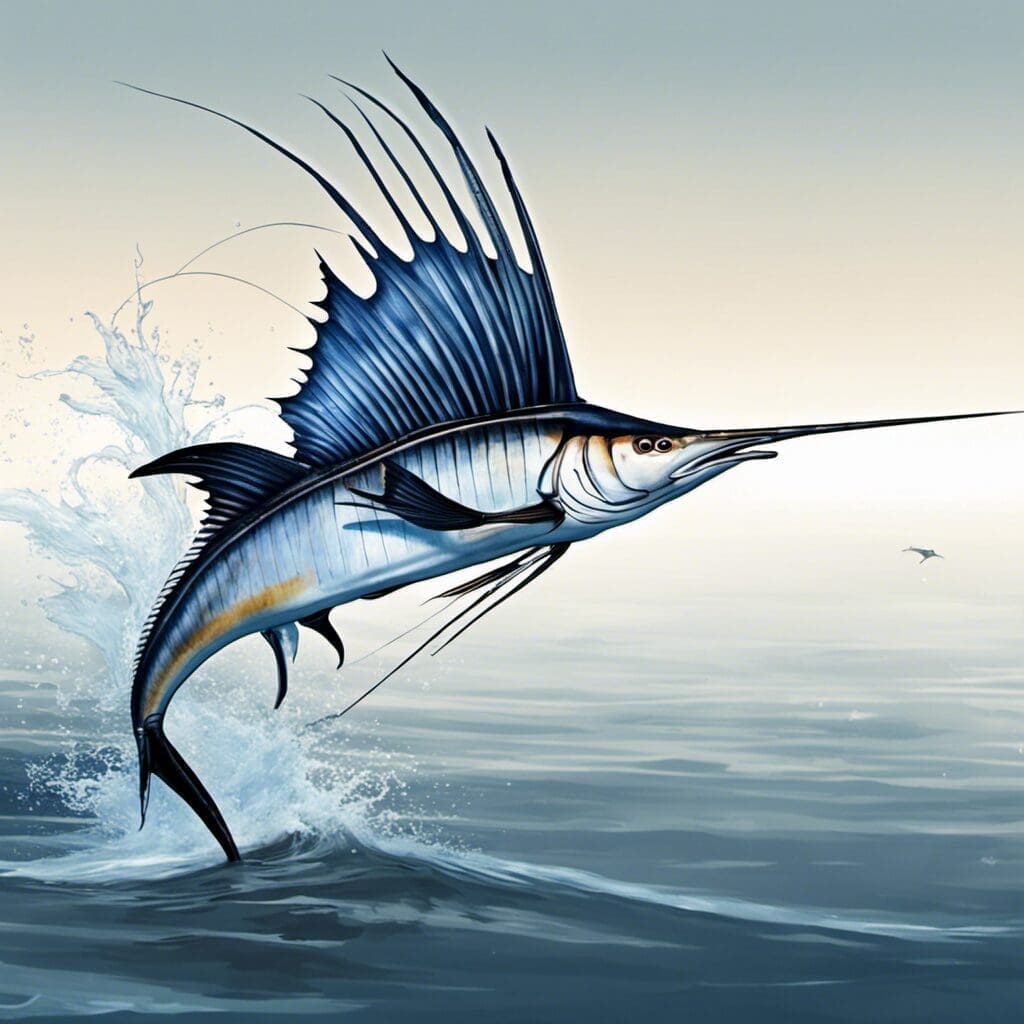Introduction
The Sailfish are a popular sporting fish, belonging to the Billfish family. There are two major species in the Sailfish genus. These are the Atlantic Sailfish (Istiophorus Albicans) and the Indo-Pacific Sailfish (Istiophorus platypterus).
Conservation Status
The current conservation status of Sailfish is ‘Least Concern’ according to the International Union for Conservation of Nature. However, overfishing and habitat loss make them vulnerable, and ongoing conservation efforts include fishing regulations and protected marine areas.
Statistics
| Statistic | Average | Range |
|---|---|---|
| Length | 8 feet | 6-11 feet |
| Weight | 120 pounds | 60-220 pounds |
| Lifespan | 13-15 years | 5-20 years |
Distribution
Sailfish are widely distributed in the warmer layers of the oceans. The Atlantic Sailfish are found in the Atlantic Oceans and the Caribbean Sea, while the Indo-Pacific Sailfish inhabit the Indian and Pacific Oceans. They are known for their long-distance migration, covering thousands of kilometers in search of food and for spawning.
Habitats
Sailfish prefer warm waters and are usually found in open waters, preferring a depth range of 30-200 meters. They thrive in a wide-range of temperatures, from 21-28 degrees Celsius.
When and Where to See
Sailfish are most likely seen during their peak migration period between May and October. Most sightings happen in the middle of the day especially on sunny days.
Best Fishing Locations
The top 10 places to catch sailfish include:
- Islamorada, Florida - known as the ‘Sportfishing Capital of the World’.
- Guatemala – known as the ‘Sailfish Capital of the World’.
- Panama – famous for its rich offshore fishing grounds.
- Southeastern Australia - home to the biggest Australian Sailfish.
- Costa Rica - known for both Pacific and Atlantic Sailfish.
- Cabo San Lucas, Mexico – one of the hottest Sailfish fishing spots.
- Puerto Vallarta, Mexico – offers year-round Sailfish action.
- Puerto Rico – known for its large Sailfish population.
- The Maldives – pristine waters offer world-class Sailfish fishing.
- Kenya – hosts annual sailfish and marlin fishing competitions.
How to Catch
Sailfish are attracted to live bait like mullet, mackerel or squid and lures resembling these prey. Popular techniques include trolling and kite fishing, with the best time for fishing being early morning or late afternoon.
Identification Guide
Easily recognized by their dorsal fin or ”sail”, Sailfish have long bills and slender bodies. They are mostly bluish gray in color with a lighter, silvery underbelly.
Culinary Profile
Although not considered a primary food fish, Sailfish offer a decent culinary value. The flesh is firm and lean with a mild flavor, perfect for grilling or broiling. Sailfish steaks or grilled skewers are some popular preparations.
Additional Information
Their primary diet consists of smaller pelagic fishes and squids. Predators of Sailfish include sharks, larger tuna and marlins, while humans pose the biggest threat through overfishing.
Sailfish are known for their incredible speed and stunning jumps, making them one of the most thrilling catches for sport fishermen.
References and Further Reading
For more information, visit NOAA Fisheries and FishBase. Further reading includes ‘The Complete Guide to Saltwater Fishing’ by Al Ristori and ‘Billfish: A Guide to Their Biology and Fishery’ by F.C. Forrest

